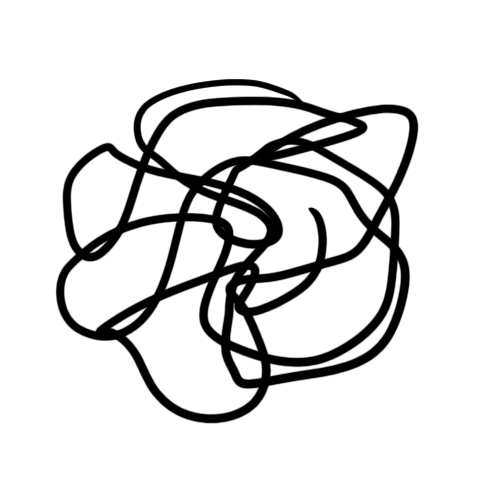
About
«De loin, le soleil est lumière du ciel mais de près il est feu de l’enfer ! »
Amin Maalouf, 2000, L'amour de loin
“L’amour de loin” explores the concepts of home, identity and memory thru the lens of exile.
Exile has become an increasingly prominent subject of discussion in the news with the war in Syria and the worldwide refugee crisis it has triggered. However, interest in this concept goes back to antiquity. Books like Homer’s Iliad and Odyssey are centered around the sorrow of estrangement, hospitality and homecoming. The themes of migration, and estrangement are also very present in the Arabic literature as a result of the complex history of the Arab world, making the trope of collective exile, or collective loss of a homeland an overlapping part of the shared imaginative landscape.
The project, created during an artist residency in Lebanon, is built around the Ancient Greek concept of νόστος (homecoming). The artist worked for two-months with NGOs based in the refugee camps close to the Syrian border, creating various art-related activities with children that addressed the concepts of memory of home, nostalgia and desire to return. She then appropriated pieces of these daily interactions that she combined with mythological elements from the Homeric epic and literary references from the poetry of exile arisen from the Lebanese civil war to create a multi-disciplinary body of works that looks at exile through time and space as a fundamental element of our human nature.
As Edward Said wrote in his essay Reflections on Exile, " Exile is strangely compelling to think about but terrible to experience, it is the unhealable rift forced between a human being and a native place, between the self and its true home: its essential sadness can never be surmounted.” Beyond the physical estrangement from the place they call home, exiles often find themselves torn between a strong attachment to the past and the sobering reality of the present, living in one land and dreaming of and in another. The past itself is reconstructed - bad memories and traumas are slowly erased to make room for the sublimated image of a lost paradise.
“L’amour de loin” looks at the multiple layers of this rift that is both geographical and temporal – between homeland and present location but also between past and present - and explores the ways in which exiles frame their ideas of homeland and how they relate to their former lives, through memory, speech and possessions.

